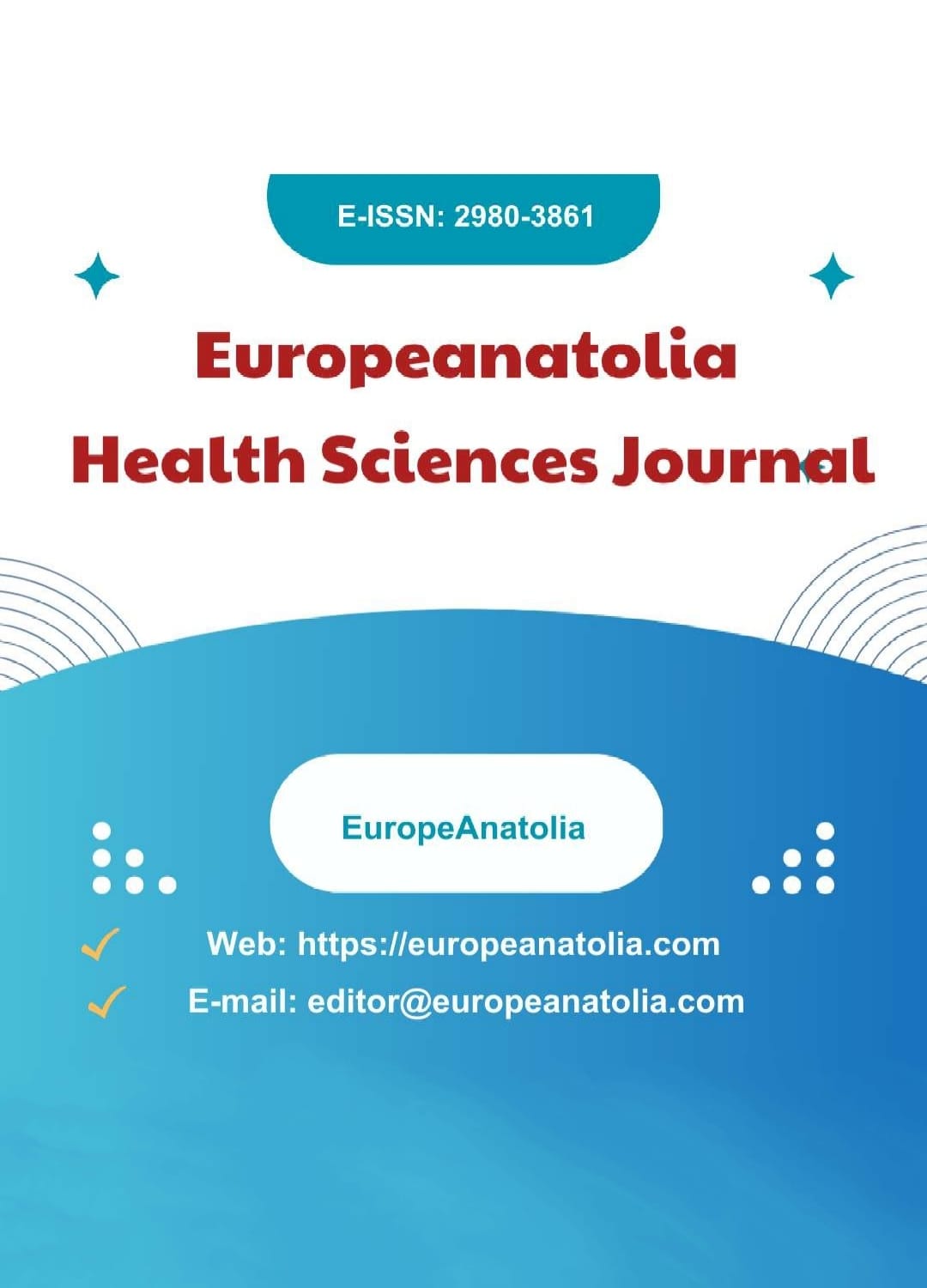Analysis of Turkish Content Endoscopic Ultrasonography Videos on Youtube: What is the Level of Information? By Whom are They Uploaded?
Research Article
DOI:
https://doi.org/10.5281/zenodo.10268276Keywords:
Endoscopic Ultrasound, Level of Information, YoutubeAbstract
Introduction: Endoscopic Ultrasonography (EUS) is a method used in the diagnosis and treatment of abdominal diseases. It is a fact that internet platforms such as Youtube are frequently preferred by internet users for medical information purposes.
Objective: We aimed to investigate whether Turkish EUS videos on Youtube provide adequate and appropriate information sharing to the general population.
Method: The terms "endoscopic ultrasonography" and "EUS" were entered in the YouTube search field. The first 60 videos with Turkish content ranked according to the frequency of views were examined and after excluding 7 videos, a total of 53 videos were deemed suitable for final analysis. The EUS Data Quality Scale (EU-DQS), developed by us, and the Global Quality Scale (GQS), a validated scoring system, were used to assess the quality of the videos.
Results: The total number of views of the videos was 245,819 and the average number of likes and dislikes were 26.7 and 1.2, respectively. 21 of the videos (39.6%) were uploaded by the endoscopist performing the procedure. The average EU-DQS score of the videos was 8.5 out of 20. The average EU-DQS value of the videos shared by doctors was 11.0, while the average value of the videos shared on health websites was 5.0. The GQS distribution of the videos was as follows: poor quality - 13 (24.5%); overall poor - 14 (26.4%); moderate quality - 17 (32.0%); good quality - 5 (9.43%); excellent quality - 4 (7.54%).
Conclusion: The information quality of the videos uploaded to Youtube by endoscopists performing EUS procedure was found to be more successful than the videos uploaded by other individuals and organisations. Considering the benefit of EUS with its minimally invasive aspect, we think that specialised endoscopists should be more active in producing and uploading videos.
References
Dimagno, E., Regan, P., Wilson, D., Buxton, J., Hattery, R., Suarez, J. ve Green, P. (1980). Ultrasonik endoskop. Lancet , 315 (8169), 629-631.
Strohm, W. D., Phillip, J., Hagenmüller, F., & Classen, M. (1980). Ultrasonic tomography by means of an ultrasonic fiberendoscope. Endoscopy, 12(05), 241-244.
Peery, A. F., Crockett, S. D., Murphy, C. C., Jensen, E. T., Kim, H. P., Egberg, M. D., ... & Sandler, R. S. (2022). Burden and cost of gastrointestinal, liver, and pancreatic diseases in the United States: update 2021. Gastroenterology, 162(2), 621-644.
Radlinski, M. J., Strand, D. S., & Shami, V. M. (2023). Evolution of interventional endoscopic ultrasound. Gastroenterology Report, 11, goad038.
Hassona, Y., Taimeh, D., Marahleh, A., & Scully, C. (2016). YouTube as a source of information on mouth (oral) cancer. Oral diseases, 22(3), 202-208.
Hegarty, E., Campbell, C., Grammatopoulos, E., DiBiase, A. T., Sherriff, M., & Cobourne, M. T. (2017). YouTube™ as an information resource for orthognathic surgery. Journal of orthodontics, 44(2), 90-96.
YouTube for Press. 2019. Available at: https://www.youtube.com/about/press/ [access date November 24, 2019].
Chen, Z., Zhu, H., Zhao, W., Guo, H., Zhou, C., Shen, J., & Ye, M. (2019). Estimating the quality of YouTube videos on pulmonary lobectomy. Journal of thoracic disease, 11(9), 4000.
Desai, T., Shariff, A., Dhingra, V., Minhas, D., Eure, M., & Kats, M. (2013). Is content really king? An objective analysis of the public's response to medical videos on YouTube. PLOS one, 8(12), e82469.
Radadiya, D., Gonzalez-Estrada, A., Lira-Vera, J. E., Lizarrga-Torres, K., Mahapatra, S. S., Murguia-Fuentes, R., ... & Devani, K. (2020). Colonoscopy videos on YouTube: Are they a good source of patient education?. Endoscopy International Open, 8(05), E598-E606.
So, Hoonsub et al. “YouTube as a source of information on endoscopic retrograde cholangiopancreatography.” Medicine vol. 101,38 (2022): e30724.
Bernard, A., Langille, M., Hughes, S., Rose, C., Leddin, D., & Van Zanten, S. V. (2007). A systematic review of patient inflammatory bowel disease information resources on the World Wide Web. Official journal of the American College of Gastroenterology| ACG, 102(9), 2070-2077.
Fabbri, Carlo et al. “Endoscopic ultrasound-guided treatments: are we getting evidence based--a systematic review.” World journal of gastroenterology vol. 20,26 (2014): 8424-48.
Sampson M, Cumber J, Li C, et al.. A systematic review of methods for studying consumer health YouTube videos, with implications for systematic reviews. PeerJ. 2013;1:e147.
Briones R, Nan X, Madden K, et al.. When vaccines go viral: an analysis of HPV vaccine coverage on YouTube. Health Commun. 2012;27:478–85.
Downloads
Published
How to Cite
Issue
Section
License
Copyright (c) 2023 Europeanatolia Health Sciences Journal

This work is licensed under a Creative Commons Attribution 4.0 International License.










